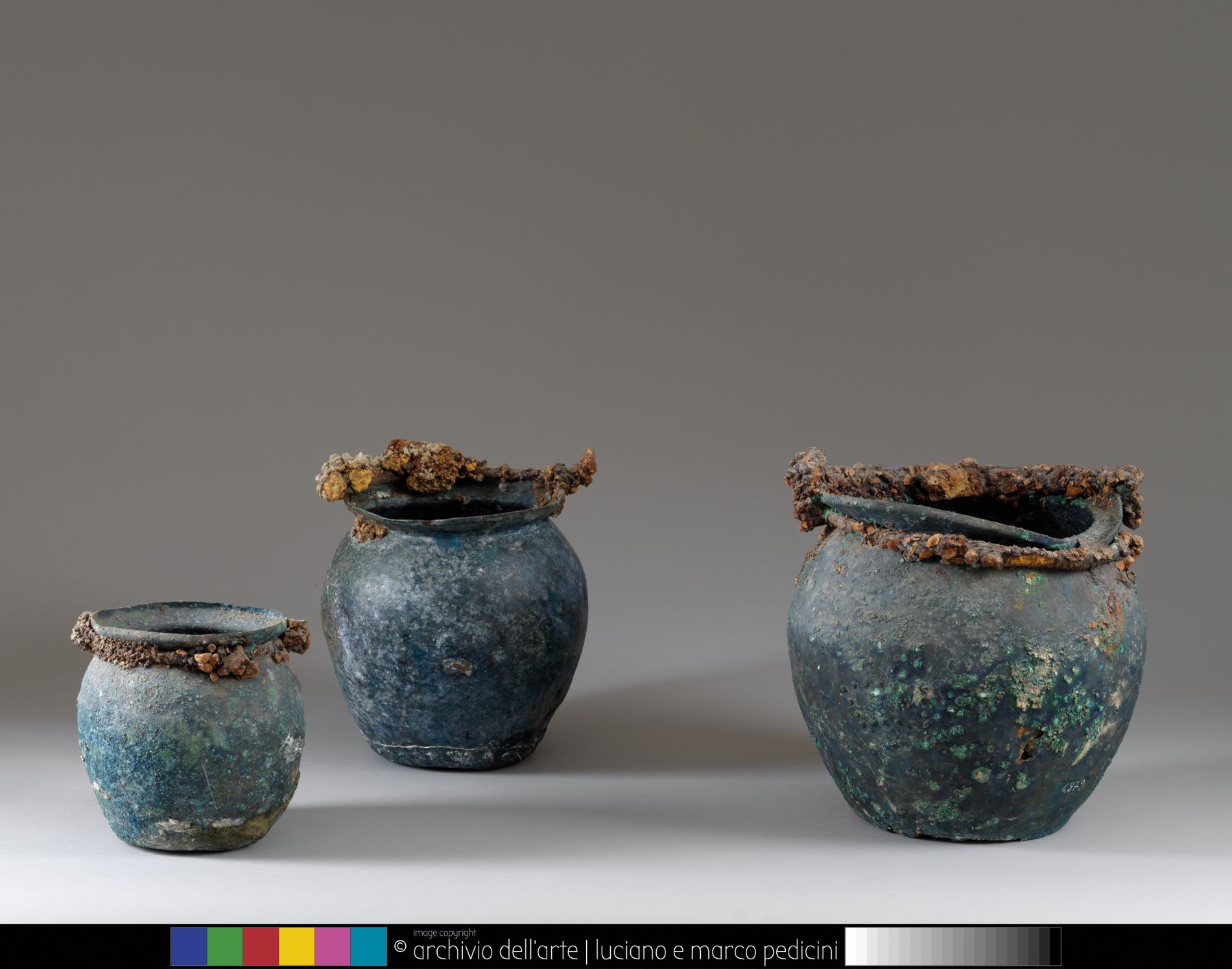We’ve all heard of Pompeii, the city frozen in time after a catastrophic volcanic eruption. Audiences are invited to experience what the city was like in the lead-up to the overflowing of Mount Vesuvius in the immersive Pompeii exhibition at the National Museum of Australia (NMA) from 13 December to 4 May.
The first-of-its-kind exhibition will transport visitors to the bustling port city in the lead-up to the natural disaster with moving soundscapes and digital projections showcasing moving replicas of casts of people who died in the disaster.
Every 15 minutes, a 360-recreation of the eruption encapsulates audiences in the future and the power of the event that wiped out the entire city in 79 CE.
“Our brilliant visitor services team will be ensuring that visitors enter with enough time to experience the peaceful daytime experience of Pompeii before the eruption takes place and with enough guidance to know how best to experience it,” says Dr Lily Withycombe, NMA.
Anticipating visitors to respond positively to the initiative exhibition, Dr Withycombe says people will probably feel excitement, wonder and awe.
“Visitors will experience this famous event in a manner that is respectful, and which pays tribute to the people of Pompeii who were at the very centre of the tragedy.”
A smash hit at the Grand Palais in Paris, the exhibition is a collaboration between the French Museum, the Archaeological Park of Pompeii and Gedeon Experiences. The NMA here in Canberra is the first venue in the world to sign a touring agreement for the exhibition.
In the sunshine before and the ashy aftermath, visitors will also glimpse into life in the ancient city through 90 hand-selected objects from Pompeii. These include mosaics, jewellery, sculptures and beautiful frescoes, cookware and even a pair of tweezers, all of which haven’t been seen in Australia before.
Many of the objects have been handpicked from the collections of the Archaeology Park of Pompeii by Ms Withycombe. Some discoveries represented in the exhibition have only been uncovered in the past six years, such as homes with grand artworks.
“As a curator, and someone who has worked at Pompeii as an archaeologist, I am really excited by the fact that visitors to this show will be able to engage first-hand with the incredible archaeological discoveries that have come from Pompeii,” says Ms Withycombe. “This includes some of the most significant finds in the last 100 years up close and personal, as well as a journey through the streets of Pompeii as a living, breathing, dynamic city full of life and possibility.”
Fascinating people around the globe for thousands of years, Ms Withycombe says the archaeological site captures life in an ancient Roman city like no other in the world. Each year, more than 5 million people visit the unique attraction to experience the life that was once lived and the destruction that occurred.
“It’s not just the devastating nature of the volcanic eruption that makes Pompeii so famous, but the fact that in its tragic moment of destruction, the city and the people who lived there were preserved for centuries to come. This has allowed us, people living 2,000 years later, to see and interact with a city, its people and its way of life in an unprecedented and moving way.”

Blending ancient, historical artefacts with modern and emerging technologies creates a more profound experience than either could without the other says the curator.
“I think that the digital, multimedia aspect is particularly important for this exhibition as a key part of it explores how new technologies enable innovative ways of excavating, revealing, and interpreting the past using the latest digital and technical innovations in archaeological discovery.
While digital technology enhances exhibitions, it cannot replace objects from historical records. Ms Withycombe says historical objects connect us deeply and personally with the past, while objects like those we still use help us to empathise with the people of the time.
“They are an incredible portal to a past that we can relate to and empathise with. And that’s truly powerful and awe-inspiring. I believe that people will connect with ancient Pompeii in this exhibition better than ever before.”
Walk through the streets of Pompeii at the National Museum of Australia from 13 December to 4 May; nma.gov.au
Canberra Daily is keen to hear from you about a story idea in the Canberra and surrounding region. Click here to submit a news tip.



